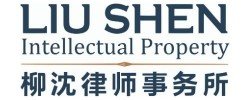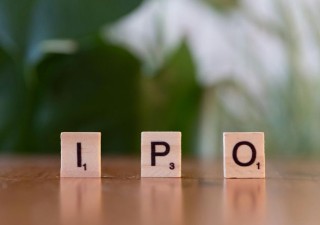Under the provision of Article 33 of the Patent Law of China, an applicant may amend his or its application for a patent, but the amendment to the application for a patent for invention or utility model may not go beyond the scope of disclosure contained in the original description and claims. However, in the practice of patent examination and litigation, it has been confusing when determining “the scope of disclosure contained in the original description and claims.”
According to the Guidelines for Patent Examination, “the scope of disclosure contained in the original description and claims includes the contents described in the original description and claims, and the contents determined directly and unambiguously according to the contents described in the initial description and claims, and the drawings of the description.”
In the past, Chinese examiners had been very strict with the amendments to the claims. Sometimes only wordings “literally” recorded in the original claims and specification were allowed when making amendments to the application.
Fortunately, things have been changed nowadays. Amendments could be allowable if they are essentially supported by the original claims and specification. Take Chinese Patent No. 201080048005.1 as an example; lots of amendments with expressions that are superficially different from those in the original claims were made to the claims when responding to the Second Office Action. Not surprisingly, the examiner pointed out that the amendments fail to comply with Article 33 in a following Office Action. The examiner finally accepted the amendments after reading the applicant’s detailed explanations on how the amended features can be determined directly and unambiguously from the original specification and claims.
However, the acceptance of an amendment in the procedure of patent examination is not always a good thing. A granted patent could be invalidated if “amendment going beyond the scope of disclosure contained in the original description and claims” is found by the Patent Reexamination (PRB) in an invalidation procedure or by the Court in an administrative litigation following the PRB’s decision of the invalidation procedure.
The Supreme People’s Court (SPC) gave some opinions on the issue of Article 33 in a guidance patent infringement case: Shimano Inc. v. Ningbo Saiguan Bicycle Co., Ltd. - Retrial of Administrative Litigation Concerning Invention Patent Invalidation (2013). In this case, the publication of the original patent application records that the first/ second connecting mean being in a form of “substantially circular bolt bore,” “circular bolt bore 8a, 8b,” or “bolt bore 8a, 8b,” whereas the corresponding features in granted claims 1 and 3 of the patent are amended to “substantially circular bore.” In the judgment, the SPC stated that such amendments to claims 1 and 3 only remained a feature of “circular bore” but deleted a feature of “make a bolt passing therethrough,” which caused the scope of the claims 1 and 3 being different from that of the original description and claims of the application. Furthermore, regarding to a generalization description of “the bolt bores 8a and 8b may be replaced by devices having various other shapes” recorded in the original description, the SPC stated that it was not equivalent to the recording of “circular bore” and also can not demonstrate that “circular bore” was same as “circular bolt bore.” In view of the SPC’s opinions, such amendments to claims 1 and 3 were not comply with the provision of Article 33 of the Patent Law of China, and thus were finally declared invalid.
In the Patent Infringement Determination Guidelines, the SPC has specified the principle of applying the Article 33 of the Patent Law of China, and in brief, the provision of “the scope of disclosure contained in the original description and claims” in the Article 33 should be interpreted as all information of a patent that has been fixed by the information presented by the original description and claims. From this point of view, any amendment to the claims which enlarges the scope of the claims compared with the information of the original description and claims by deleting features from the claims is not allowed, and any generalized description cannot be recognized as the disclosure of detailed structures and thus is unable to support any amendment relating to the detailed structures.
In summary, the applicant should pay attention to the information presented by the original description and claims when making amendments to the application. Generally, it is safe to make amendments to the claims based on the specific recordings of the original description and claims. If the applicant wishes to make amendments to the claims with generalized or modified features, it is advised that at least some claims should be retained within the literal scope of the original description and claims, thereby at least affirming partial validity of patent right in case that the claim with the generalized or modified feature is invalidated under Article 33 of the Patent Law of China.










